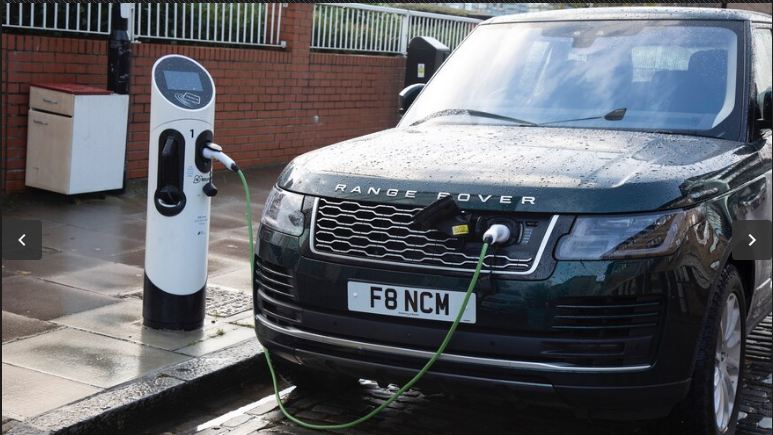POPULAR: Among the most popular television programs are Kaun Banega Crorepati and Big Boss anchored by Amitabh Bachchan and Salman Khan, respectively.
By Greg FinkWords Getty
By 2023 all petrol and diesel vehicles will be banned and will have to replaced with electric vehicles. Here is a lesson on how to convert yourself from a diesel mechanic to an electrical mechanic…….
More than 50 years before Carl Benz applied for his 1886 patent for a “vehicle powered by a gas engine,” Scottish inventor Robert Anderson strapped a motor and a battery to a carriage, creating the first electric vehicle (EV). His creation was far from ready for mass consumption, mostly thanks to its intense maintenance. With the innovation of rechargeable lead-acid battery decades away, the Scotsman’s EV required the replacement of its electric cells every time it ran out of charge. Fortunately, maintaining a modern electric car is a far less involved affair than that of Anderson’s primitive first example. Here’s what to look out for:
Do EVs Require Special Servicing Procedures?
Due to its powertrain’s simplicity, an EV requires very little maintenance relative to a vehicle with a fuel-drinking engine. Very little isn’t the same as nothing, however. Replacing battery packs and electric motors are expensive jobs that require specialized knowledge on the off chance either feature fails. Luckily, these powertrain pieces last for years and tens of thousands of miles. Plus, EV manufacturers typically offer long warranties on these items—a testament to the inherent reliability and performance of EV powertrains (not to mention, an additional piece of mind to consumers).
What About The Routine Maintenance Procedures Of A Typical EV?
Brakes: Thanks to EVs’ regenerative braking function (where they rely on the electric motor’s resistance to slow the vehicle down, like engine-braking in a gas-powered vehicle might), brake wear is comparatively lower than on a vehicle that strictly relies on friction brakes. EVs still have friction brakes, though, and the brake fluid and individual components, such as the pads and rotors, will eventually require replacement, be it due to age or wear.
Powertrain: The direct-drive or multi-speed transmission of an EV may require a fluid change during the course of vehicle ownership. Consult your owner’s manual to determine the recommended interval for completing this service for your specific EV.
Cooling: In order to keep key electrical components from overheating, most EVs use coolant or refrigerant to cool the likes of the charger, inverter, and battery pack. Maintaining the cooling system’s efficiency, however, may require infrequent coolant flushes or (for the A/C) refrigerant recharges. Consult your owner’s manual to determine the recommended interval for completing this service for your specific EV.
Tires: As on cars with fuel-fed engines, EVs require a tire rotation every 5,000-10,000 miles. Here again, follow the manufacturer-recommendation—especially for vehicles using directional rubber or staggered front/rear tire sizes. And, to be clear, electric cars’ tires also wear out, just like those on your regular gas-fed ride.
What’s The Best Way To Prolong The Life Of An EV’s Battery Pack?
Like the mechanical bits that motivate a car or truck with an internal combustion engine, the electric motor and battery pack of an EV degrade over time. That said, there are a number of actions owners can take to prolong the service life of their EV’s precious battery pack. We’ve outlined a handful below:
Avoid extreme temperatures: Both extremely hot and extremely cold temperatures negatively affect battery performance. Nevertheless, manufacturers generally factor in such temperature extremes during vehicle development and most EVs offer adequate auxiliary cooling and heating options to ensure battery pack temperatures remain at tolerable levels.
Avoid regularly fully charging and depleting the battery: Charging an EV to full capacity and running it out of charge risk degrading its battery pack. Fortunately, many EV manufacturers prevent full capacity charging in order to limit battery degradation.
Avoid regularly using fast chargers: Quick-charging “Fast Chargers” degrade battery packs more quickly than typical, slower charging methods such as a Level 2 charger
